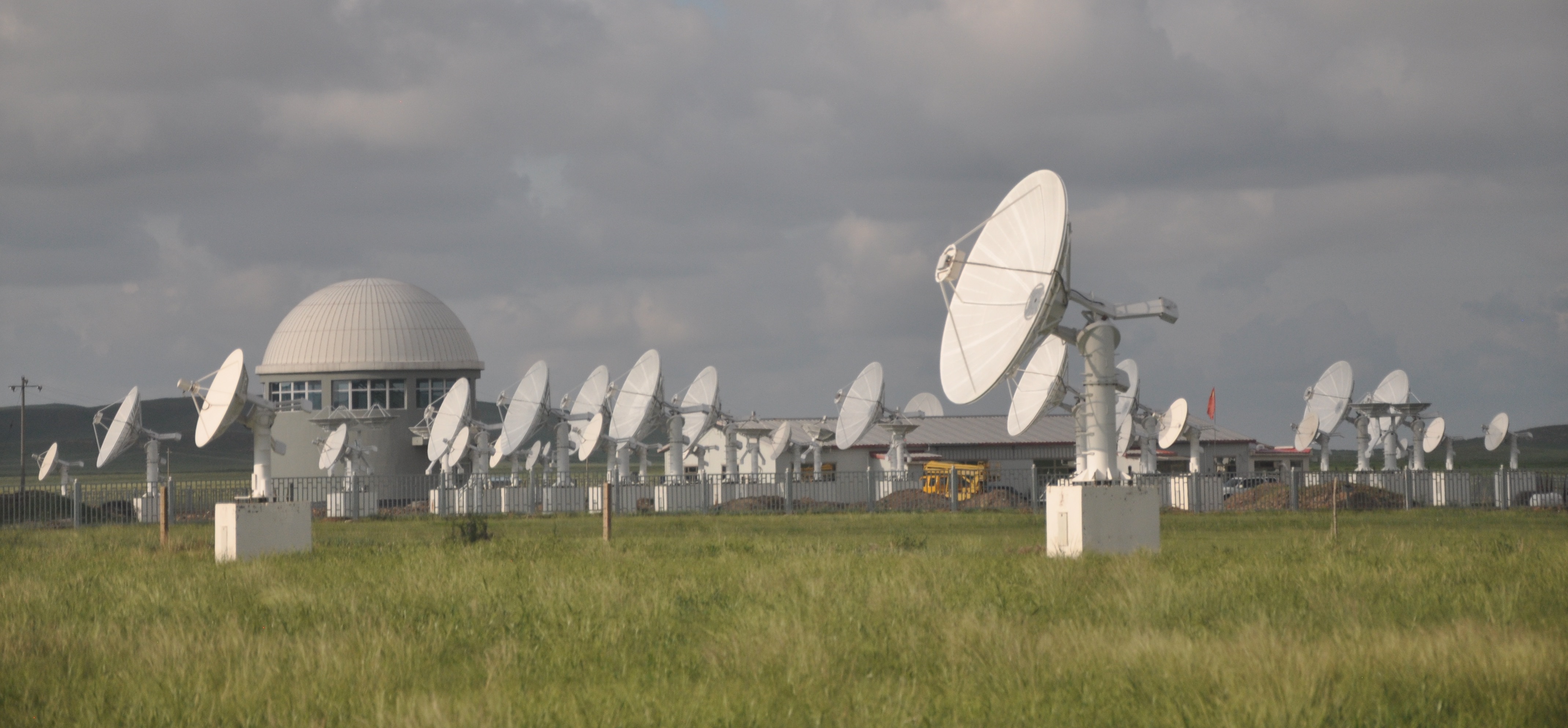
Prof. YAN Yihua and his research team from the National Astronomical Observatories of the Chinese Academy of Sciences (NAOC) recently released detailed results of observations by the new generation solar radio telescope—Mingantu Spectral Radio Heliograph (MUSER)—from 2014 to 2019.
The study was published in Frontiers in Astronomy and Space Sciences on March 29. It may help us better understand the basic nature of solar eruptions.
Solar radio bursts are associated with different types of powerful eruptions like solar flares, coronal mass ejections, and various thermal and nonthermal processes. They are prompt indicators of disastrous space weather events.
Solar radio observations, especially at centimeter and decimeter wavelengths, play an important role in revealing the key physics behind primary energy release, particle acceleration and transportation. They also help identify crucial precursors of solar storms.
As the most powerful solar radio telescope in the world today, MUSER consists of 100 antennas spread over three spiral-shaped arms with a maximum baseline length of 3 km on the grassland in Inner Mongolia.
Its configuration is optimized to meet the needs of observing the full solar disk over an ultrawide frequency range of 0.4–15 gigahertz. Its images offer a temporal resolution of 25–200 milliseconds, spatial resolution of 1.3–51.6 arcseconds, spectral resolution of 25 megahertz and a high dynamic range of 25 decibels.
MUSER provides a unique, powerful tool for measuring solar magnetic fields and tracing the dynamic evolution of energetic electrons in a wide frequency range, which will help scientists better understand the origin of various solar activities and the basic drivers of space weather.
From MUSER, scientists can capture the most sensitive radio signals of even very small solar eruptive events. The observations also yield images of solar magnetic fields from the solar chromosphere up to the higher corona.
"MUSER, with its extension to metric and decametric wavelengths, will further play the role of new generation radio heliograph. It will become the leading solar-dedicated radio facility in the world for solar physics and space weather studies," said Prof. YAN, chief scientist of Solar Physics at NAOC and the first author of the study.

Fig. 1 Superfine spectral structure of a very small flare observed by MUSER. (Image by NAOC)

Fig. 2 MUSER on the grassland in Inner Mongolia, China. (Image by NAOC)

86-10-68597521 (day)
86-10-68597289 (night)

52 Sanlihe Rd., Xicheng District,
Beijing, China (100864)

